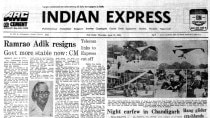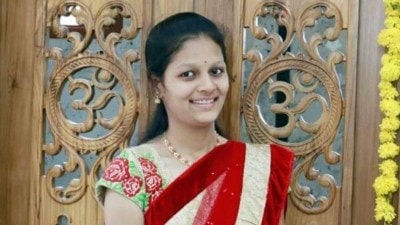- India
- International
Portraits in sepia
Buddhadeb Dasgupta’s narratives were infused as much with violence as with poetic redemption
 Yet, what set Dasgupta apart was his surreal narratives, infused as much with violence as with poetic redemption.
Yet, what set Dasgupta apart was his surreal narratives, infused as much with violence as with poetic redemption.In the final sequence of Kaalpurush (2008), arguably one of director Buddhadeb Dasgupta’s finest films and the one that fetched him his fifth National Award, in an imaginary conversation with his estranged father, the protagonist admits that despite having failed at the conventional markers of success in life, he was still in love with life itself; that in the mundaneness of everyday existence, he found succour. These individual idiosyncrasies that make middle-class existences bearable, the fall of old certainties that creates ruptures, the discrimination latent in community life, were themes that the poet and self-taught filmmaker, who died on June 10, returned to again and again. Yet, what set Dasgupta apart was his surreal narratives, infused as much with violence as with poetic redemption.
Displacement, urban loneliness, the rise of religious fundamentalism — if reality was black-and-white, Dasgupta’s films, including notable work such as Bagh Bahadur (1989), Lal Darja (1997), Tahader Katha (1992), Uttara (2001) and Mando Meyer Upakhyan (2002), sought out the sepia in it. Dasgupta came to films almost by accident, having become disenchanted with academia. With his childhood spent in rural areas such as Purulia and Paschim Medinipur in West Bengal, his introduction to metropolitan life happened when he was already an adult, steeped in rural indigenous art forms and nourished by his proximity to nature. Dasgupta fine-tuned his reflections in his films, serving his observations on contemporary socio-politics under the mantle of magic realism. He created a unique and utterly original aesthetic — no mean feat in a cinematic culture whose benchmarks were set by a generation of stalwarts such as Satyajit Ray, Mrinal Sen and Ritwik Ghatak.
In keeping with his vision, throughout his career, Dasgupta voiced his discomfort with distinctions such as arthouse and mainstream cinema or the hegemony of Hindi films that reduced movies from other parts of the country into “regional” cinema. The language of cinema, he maintained, spoke to all. Because, in the end, all stories were our stories — universal and timeless.
EXPRESS OPINION
Must Read
More Explained
Apr 19: Latest News
- 01
- 02
- 03
- 04
- 05
































